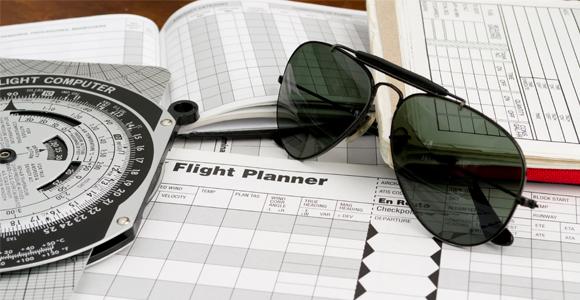EASA & IATA Team Up, Combatting “Loss of Control In-Flight” Events With New Pilot Training Requirements

Two of the aviation industry’s most important organizations are teaming up to establish enhanced training requirements with the goal of reducing the number of loss of control incidents.
The European Aviation Safety Agency (EASA) and the International Air Transport Association (IATA) are joining forces to help prevent loss of control in-flight (LOC-I) incidents around the world. Air Transport World reports the two organizations will publish new LOC-I training requirements for pilots.
The new requirements — Upset Prevention and Recovery Training (UPRT) — will focus on training pilots to preempt and prepare for one of the worst unexpected in-flight situations. If pilots are unprepared for LOC-I events, the EASA warns the situation could end in a fatal crash.
“Mitigating LOC-I is one of the Agency’s highest priorities,” the EASA wrote in an explanatory note. “Upset prevention training prepares flight crew to avoid incidents whereas upset recovery training prepares flight crew to prevent an accident once an upset condition has developed.”
UPRT is being developed by EASA in partnership with the IATA Pilot Training Task Force and a number of industry leaders. The new training will be based around ICAO standards and recommended practices.
“Although LOC-I events are rare, 97 percent of the LOC-I accidents over the past five years involved fatalities to passengers or crew,” said IATA CEO Tony Tyler. “Partnering with EASA on this important initiative based on global standards and best practices will reduce the likelihood of such events in future.”
The EASA deadline to implement the UPRT requirements for European airlines and commercial jet operators is May 2016. At the time of reporting, the FAA had not announced whether it would adopt similar training requirements for U.S. airlines.
[Photo: iStock]






















